Transforming Spaces: A Journey Through Inspiring Room Design Ideas
Your home is more than just a place to live; it’s a reflection of your personality, your aspirations, and your lifestyle. The way you design and decorate your rooms can significantly impact your mood, productivity, and overall well-being. Whether you’re looking to revamp your entire house or simply refresh a single room, the possibilities are endless. But where do you start? With countless styles, trends, and options available, the process can feel overwhelming. That’s where this comprehensive guide comes in. We’ll explore a treasure trove of room design ideas, catering to every style, budget, and functional need. From minimalist havens to maximalist wonderlands, we’ll help you unlock the potential of your space and create the home of your dreams.
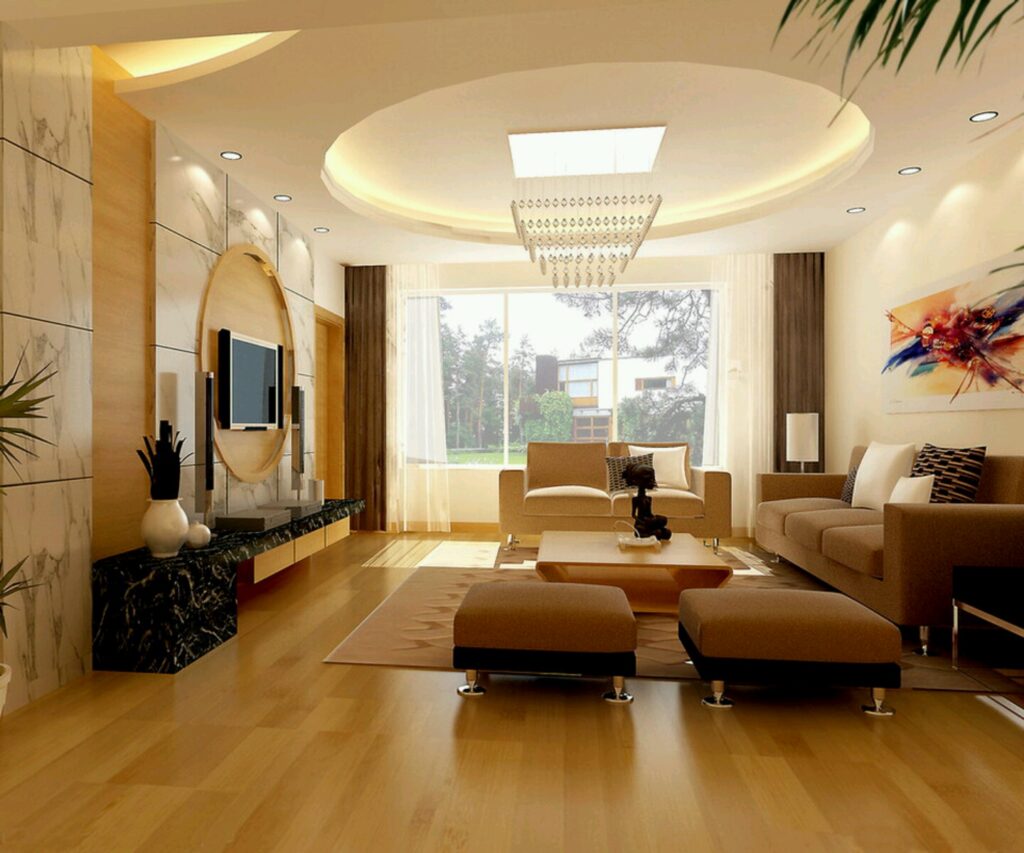
Understanding Your Needs & Style
Before diving headfirst into Pinterest boards and design magazines, take a moment to reflect on your needs and personal style. This crucial first step will lay the foundation for a cohesive and functional design that truly resonates with you.

Defining Your Functional Needs
Consider how you use each room. Is your living room primarily for relaxation and entertainment, or does it also serve as a home office or play area for children? Is your bedroom a serene sanctuary for sleep, or does it double as a reading nook or a place to get ready in the morning? Understanding the primary functions of each room will help you prioritize space planning, furniture selection, and storage solutions. Think practically. Do you need ample storage for books and games? Do you require a comfortable workspace with good lighting? Asking these questions will guide you towards a design that not only looks beautiful but also serves your daily needs.
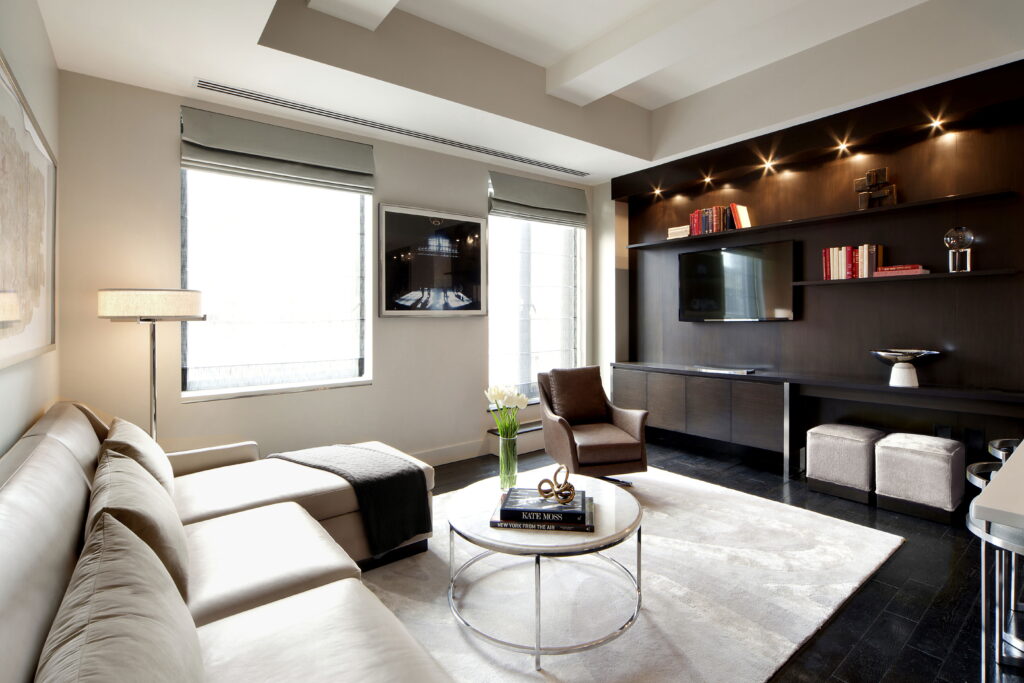
Identifying Your Personal Style
What aesthetic truly speaks to you? Are you drawn to the clean lines and muted colors of Scandinavian design, or do you prefer the bold patterns and vibrant hues of Bohemian style? Perhaps you’re captivated by the timeless elegance of traditional décor, or the industrial chic of exposed brick and metal accents. There are countless design styles to explore, and identifying your personal preference is key to creating a space that feels authentically you. Don’t be afraid to mix and match elements from different styles to create a unique and personalized look. Gather inspiration from various sources, such as magazines, websites, and social media platforms. Create a mood board to visualize your ideas and identify recurring themes and elements.

Room-by-Room Design Inspiration
Now that you have a clear understanding of your needs and style, let’s explore some room-specific design ideas to spark your creativity.
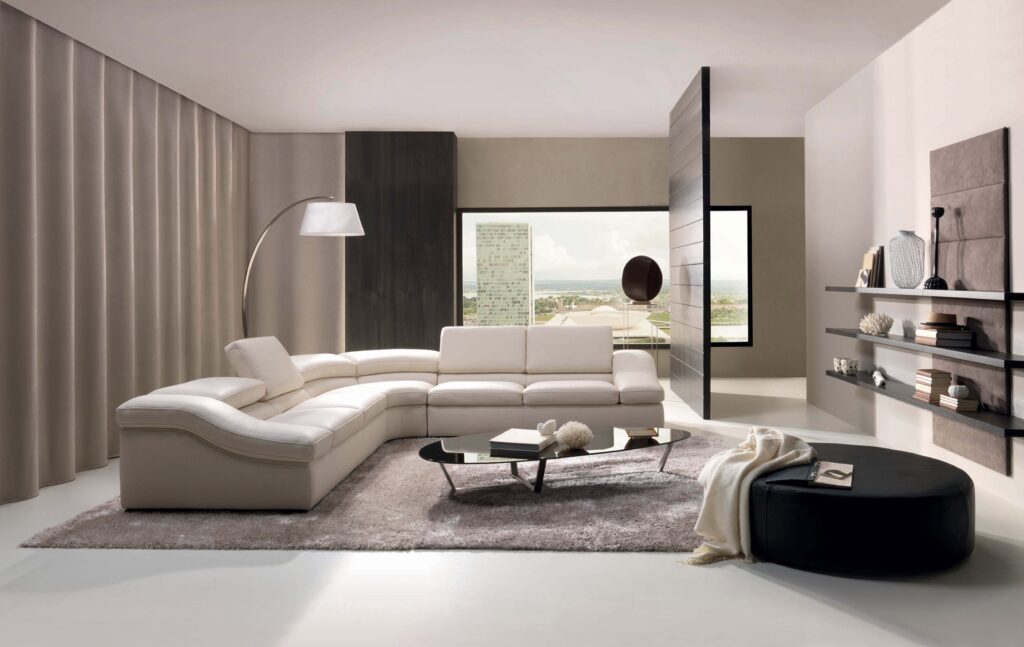
Living Room: The Heart of the Home
The living room is often the central gathering space in a home, a place for relaxation, entertainment, and connection. Consider the following ideas to create a welcoming and stylish living room:
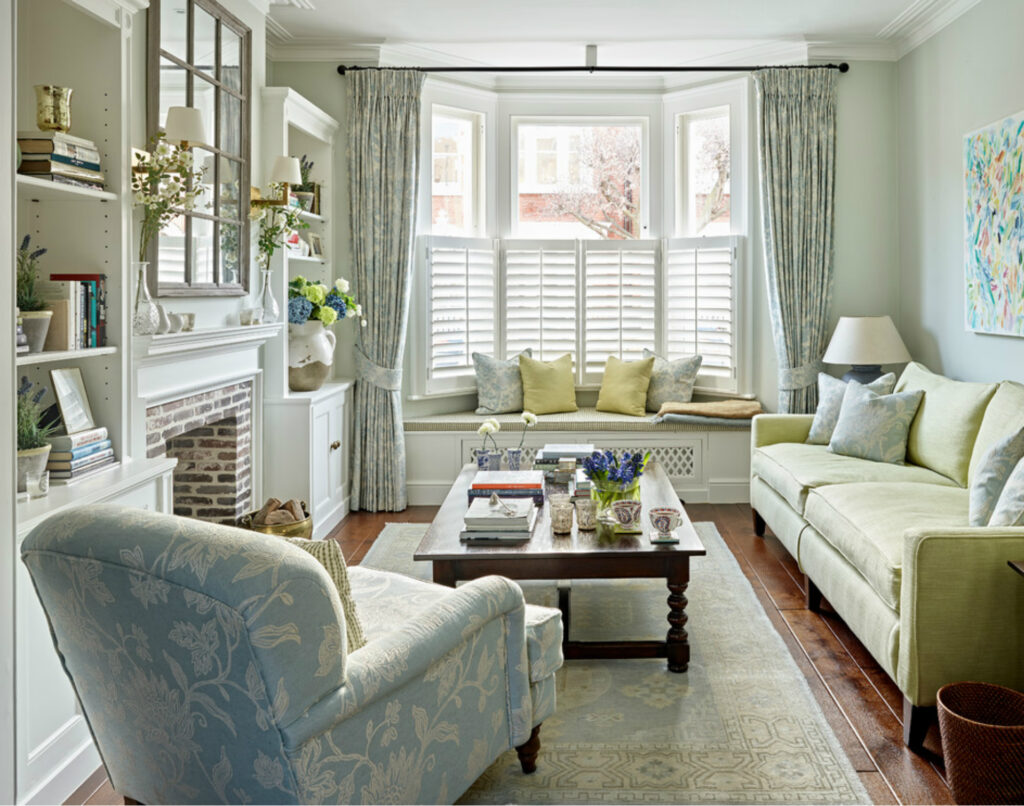
- Cozy Comfort: Opt for plush sofas, oversized armchairs, and soft rugs to create a cozy and inviting atmosphere. Incorporate throw pillows and blankets in varying textures and patterns to add visual interest and warmth.
- Statement Lighting: A well-chosen chandelier, pendant light, or floor lamp can serve as a focal point and dramatically enhance the ambiance of the room. Consider dimmer switches to adjust the lighting for different moods and activities.
- Focal Point Fireplace: If you have a fireplace, make it the star of the show by adding decorative accents, such as candles, plants, or artwork. Create a comfortable seating arrangement around the fireplace to encourage conversation and relaxation.
- Gallery Wall: Showcase your personality and interests by creating a gallery wall with framed photos, artwork, and other decorative items. Arrange the pieces in a cohesive and visually appealing manner, paying attention to spacing and balance.
- Strategic Storage: Keep clutter at bay with stylish storage solutions, such as built-in shelving, coffee tables with drawers, and decorative baskets. Choose storage pieces that complement your overall design aesthetic.
Bedroom: Your Personal Sanctuary
Your bedroom should be a serene and relaxing retreat, a place to unwind and recharge. Consider these ideas to create a tranquil and stylish bedroom:
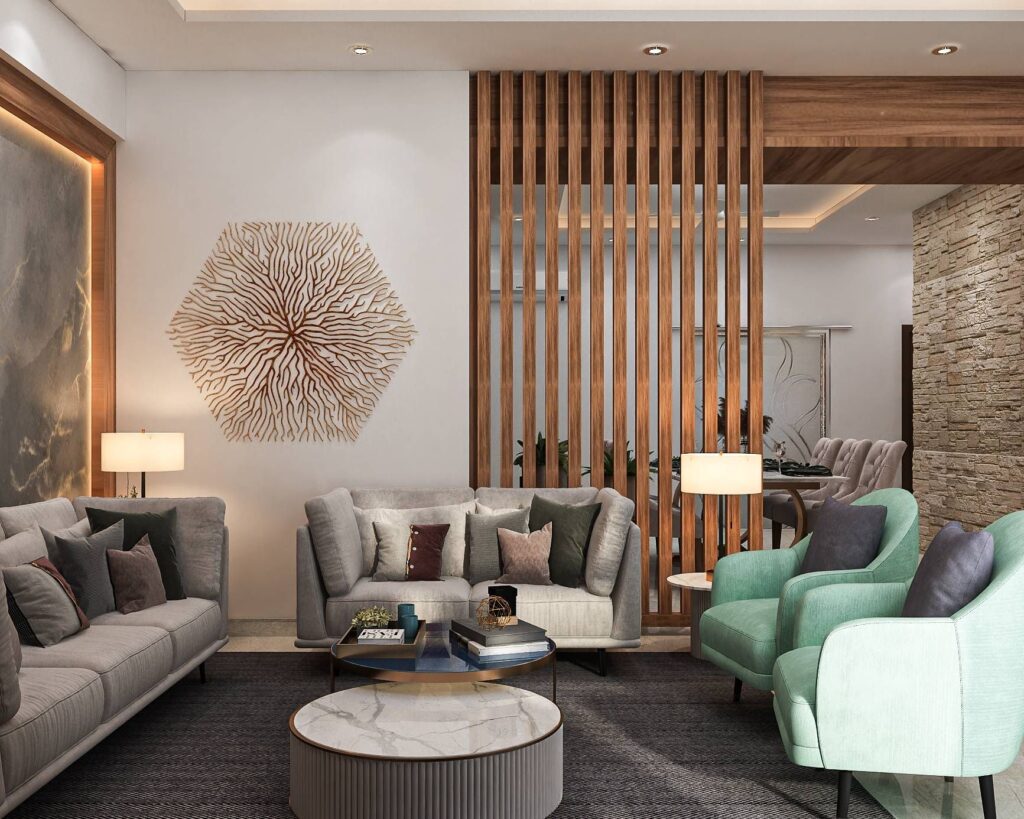
- Calming Color Palette: Opt for soothing colors, such as soft blues, greens, and grays, to create a calming atmosphere. Incorporate pops of color through bedding, artwork, and accessories.
- Luxurious Bedding: Invest in high-quality bedding, such as soft sheets, a plush duvet, and comfortable pillows, to create a luxurious and inviting bed. Layer different textures and patterns to add visual interest.
- Blackout Curtains: Block out unwanted light and create a dark and restful environment with blackout curtains or shades. This is especially important if you live in an area with a lot of streetlights or early morning sun.
- Reading Nook: Create a cozy reading nook with a comfortable armchair, a side table, and a reading lamp. Add a throw blanket and some pillows for extra comfort.
- Minimalist Decor: Keep the bedroom clutter-free and minimalist to promote relaxation and tranquility. Avoid overcrowding the space with unnecessary furniture and accessories.
Kitchen: The Culinary Hub
The kitchen is often the busiest room in the house, a place for cooking, eating, and gathering. Consider these ideas to create a functional and stylish kitchen:
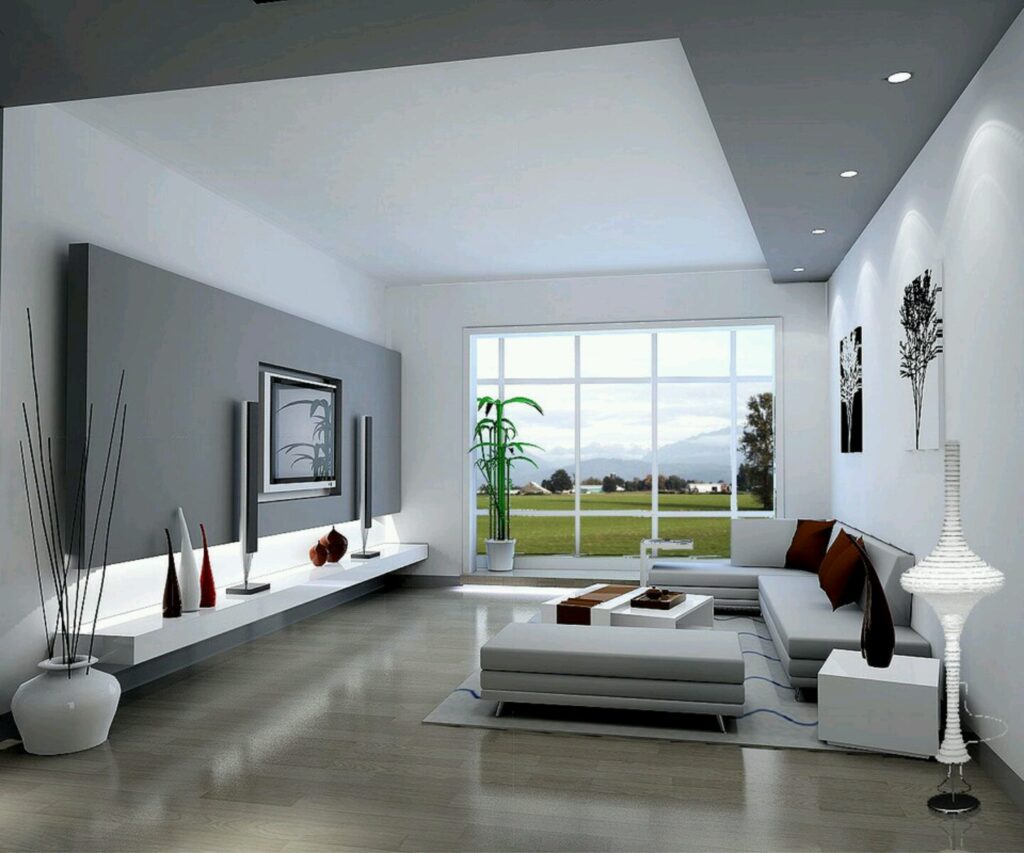
- Efficient Layout: Optimize the kitchen layout for efficient workflow and ease of movement. Consider the work triangle, which connects the sink, refrigerator, and stove, to minimize unnecessary steps.
- Ample Counter Space: Ensure you have enough counter space for food preparation and cooking. Consider adding an island or peninsula to increase counter space and provide additional seating.
- Smart Storage Solutions: Maximize storage space with clever solutions, such as pull-out shelves, drawer organizers, and vertical storage systems. Utilize every inch of space to keep your kitchen organized and clutter-free.
- Statement Backsplash: Add visual interest to your kitchen with a statement backsplash. Choose a material that complements your cabinets and countertops, such as subway tile, mosaic tile, or glass tile.
- Good Lighting: Ensure adequate lighting throughout the kitchen with a combination of ambient, task, and accent lighting. Install under-cabinet lighting to illuminate countertops and provide task lighting for food preparation.
Bathroom: A Spa-Like Retreat
Transform your bathroom into a spa-like retreat with these design ideas:

- Relaxing Atmosphere: Create a relaxing atmosphere with soft lighting, calming colors, and natural materials. Incorporate candles, plants, and aromatherapy diffusers to enhance the spa-like ambiance.
- Luxurious Shower: Upgrade your shower with a rainfall showerhead, body jets, and a built-in bench. Consider adding a frameless glass enclosure to create a more open and spacious feel.
- Soaking Tub: Indulge in a relaxing soak in a freestanding tub or a deep soaking tub. Create a spa-like experience with bath salts, essential oils, and a good book.
- Stylish Vanity: Choose a vanity that complements your bathroom’s overall design aesthetic. Consider a double vanity if you have the space to provide ample counter space and storage for two people.
- Heated Floors: Treat your feet to the luxury of heated floors, especially during the cold winter months. Heated floors provide warmth and comfort and can help to reduce energy costs.
Home Office: A Productive Workspace
Creating a productive and inspiring home office is crucial for those who work remotely or need a dedicated space for studying or managing household affairs. Consider these ideas:
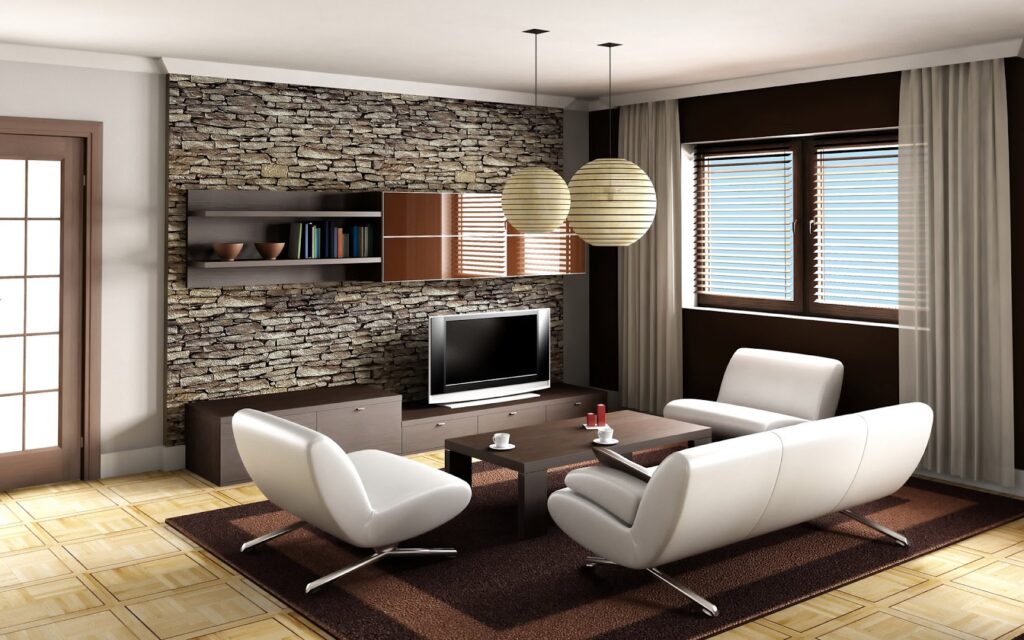
- Ergonomic Furniture: Invest in an ergonomic chair, desk, and keyboard to promote good posture and prevent strain. Adjust the height of your chair and desk to ensure proper alignment and comfort.
- Natural Light: Maximize natural light to boost your mood and productivity. Position your desk near a window and use sheer curtains to filter harsh sunlight.
- Organization Solutions: Keep your desk and workspace organized with file cabinets, desk organizers, and cable management solutions. A clutter-free workspace will help you stay focused and productive.
- Personal Touches: Add personal touches to your home office, such as plants, artwork, and photos, to create a space that inspires you. Choose items that reflect your personality and interests.
- Soundproofing: Minimize distractions by soundproofing your home office. Use acoustic panels, thick curtains, or a white noise machine to reduce outside noise.
Design Principles to Keep in Mind
Beyond specific room ideas, several fundamental design principles can help you create a cohesive and visually appealing home.
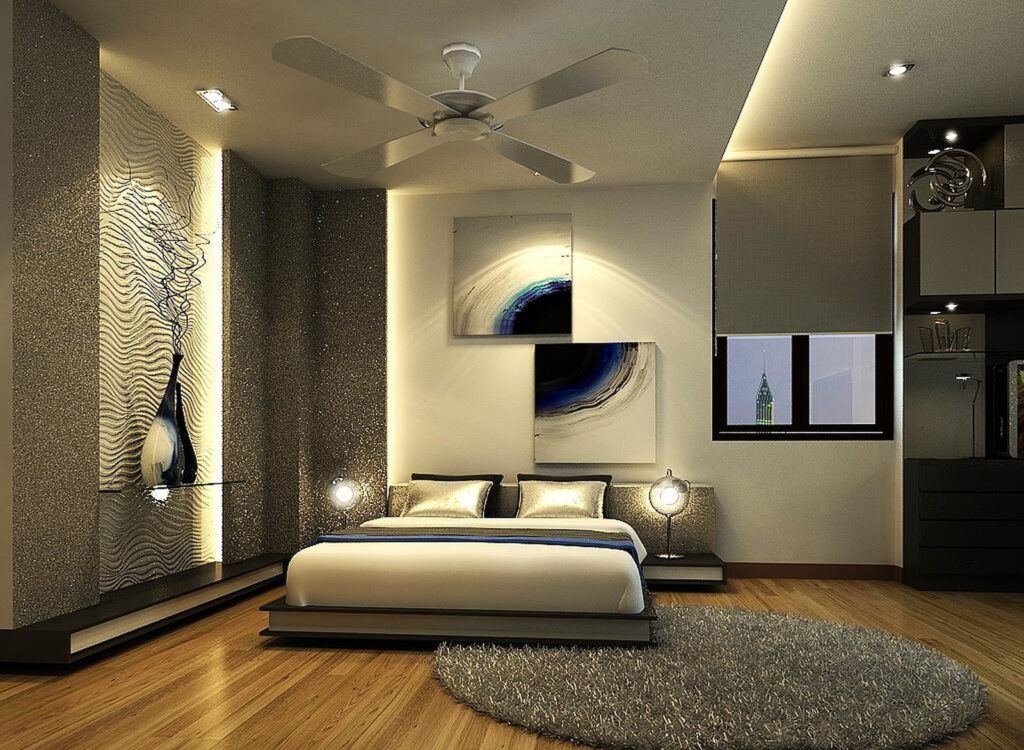
Balance
Balance refers to the visual equilibrium of a space. It can be achieved through symmetrical or asymmetrical arrangements. Symmetrical balance involves mirroring elements on either side of a central point, creating a formal and traditional look. Asymmetrical balance, on the other hand, involves arranging elements of different sizes and shapes to create a sense of equilibrium, resulting in a more informal and dynamic feel. Consider the overall balance of each room and ensure that no one area feels too heavy or unbalanced.
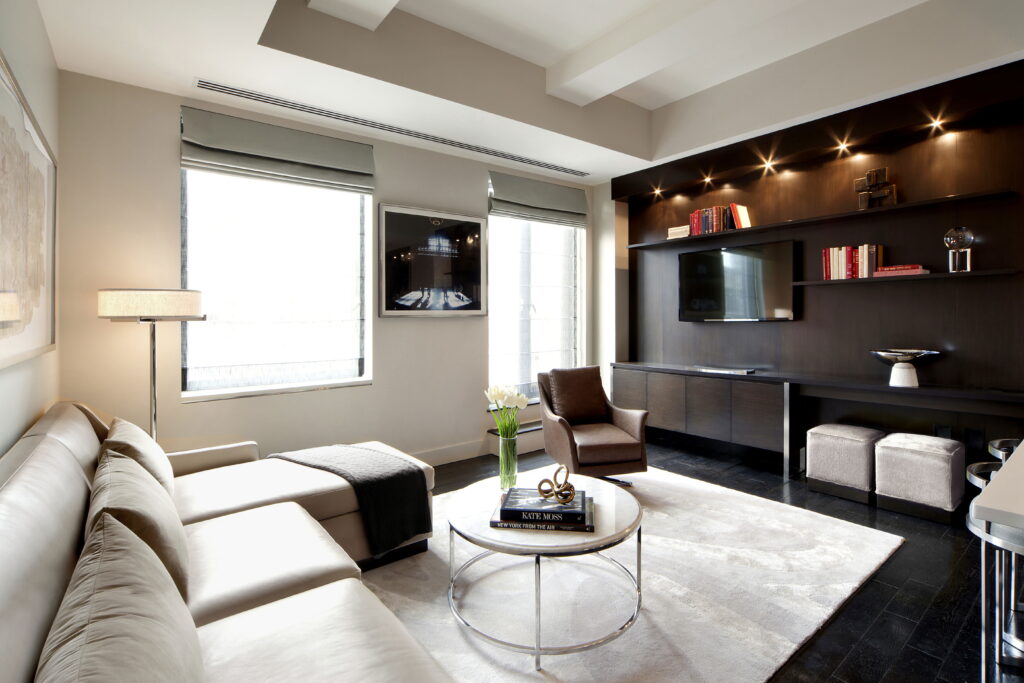
Proportion & Scale
Proportion refers to the relationship between the sizes of different elements in a room, while scale refers to the size of an object in relation to the space around it. Choose furniture and accessories that are appropriately sized for the room. Avoid using oversized furniture in small spaces, as this can make the room feel cramped and overwhelming. Conversely, avoid using undersized furniture in large spaces, as this can make the room feel empty and uninviting. Pay attention to the proportions of different elements in the room and ensure that they are visually harmonious.
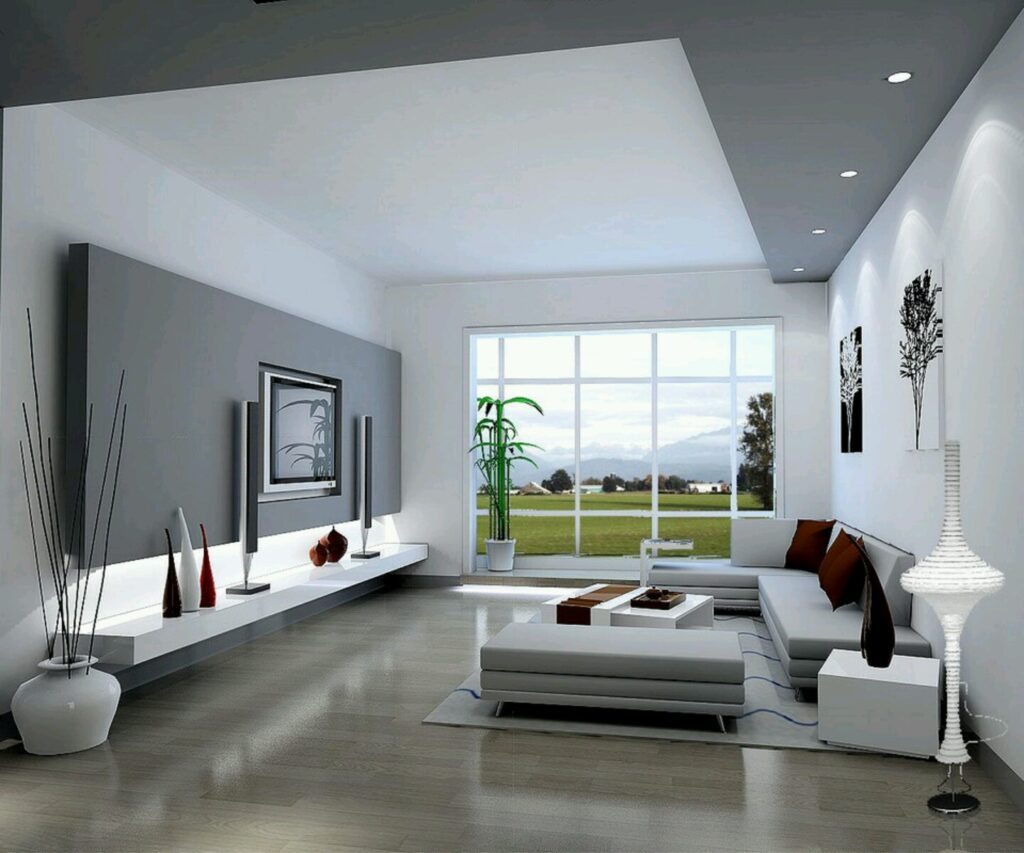
Harmony & Unity
Harmony and unity refer to the overall cohesiveness of a design. Create a sense of harmony by using a consistent color palette, style, and theme throughout the room. Choose furniture, accessories, and artwork that complement each other and work together to create a unified look. Avoid using too many conflicting styles or patterns, as this can create a chaotic and disjointed feel.
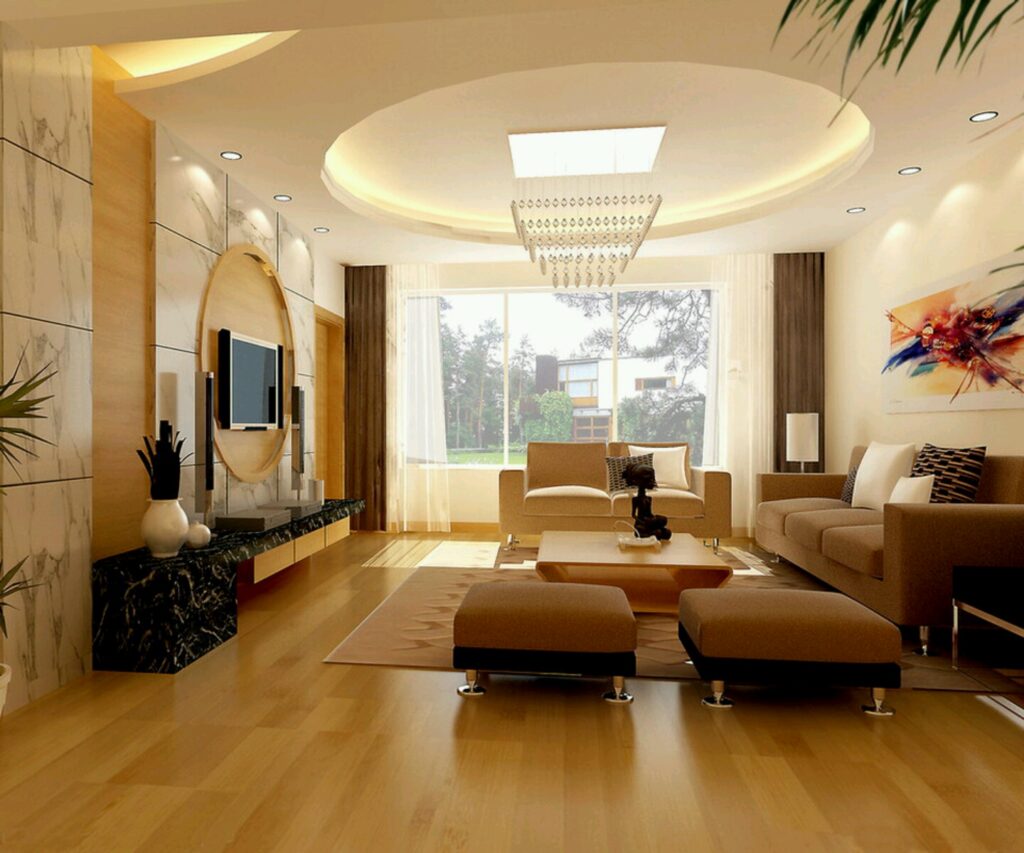
Rhythm & Repetition
Rhythm refers to the visual flow of a design, created through the repetition of elements such as color, shape, or texture. Use rhythm to guide the eye through the room and create a sense of movement and interest. Repeat certain elements throughout the room to create a sense of cohesion and unity. For example, you could repeat a particular color in the curtains, pillows, and artwork.
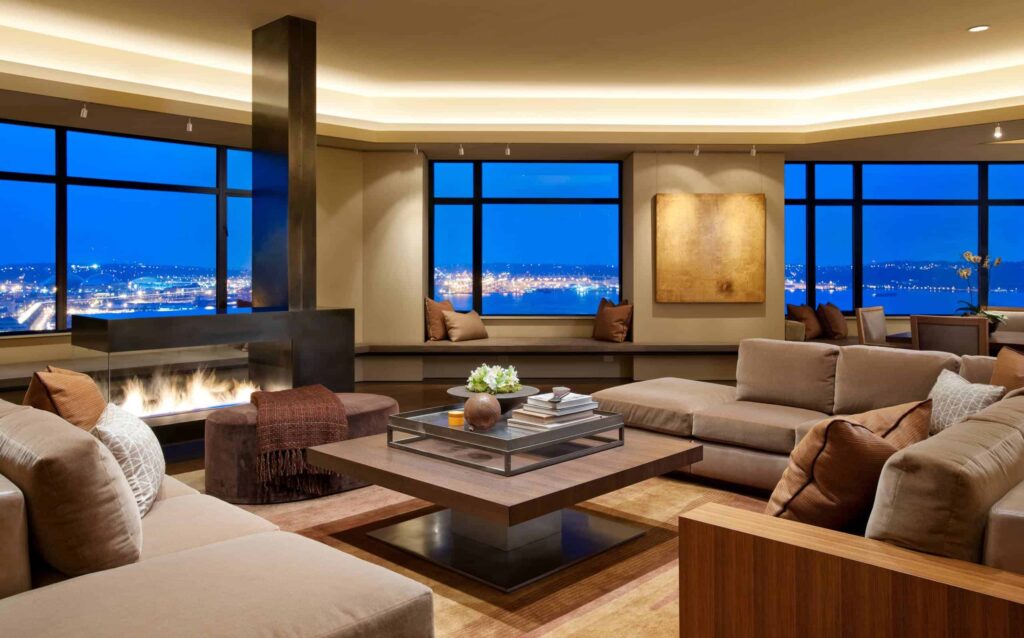
Emphasis
Emphasis refers to the focal point of a room, the element that draws the eye and creates a sense of drama. Every room should have a focal point, whether it’s a fireplace, a statement piece of artwork, or a stunning view. Use color, texture, and lighting to highlight the focal point and draw attention to it. Avoid having too many competing focal points, as this can create a sense of confusion and overwhelm.
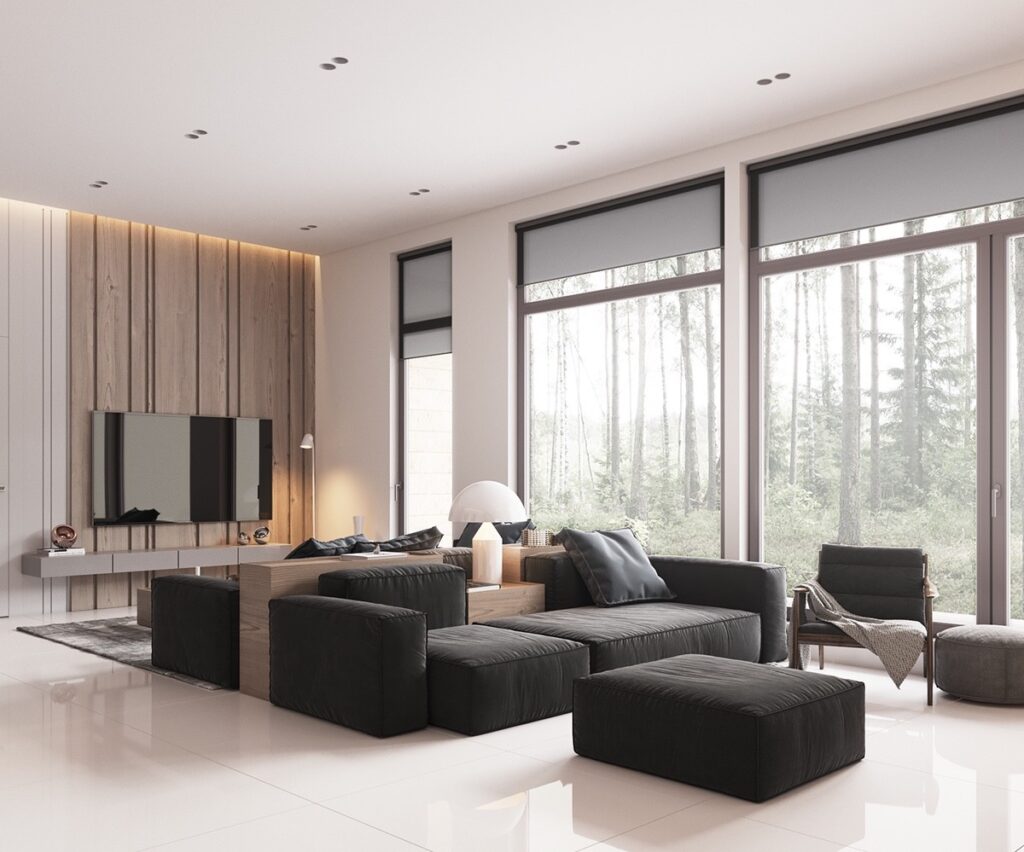
Budget-Friendly Design Tips
Creating a beautiful and stylish home doesn’t have to break the bank. Here are some budget-friendly design tips to help you transform your space without spending a fortune:
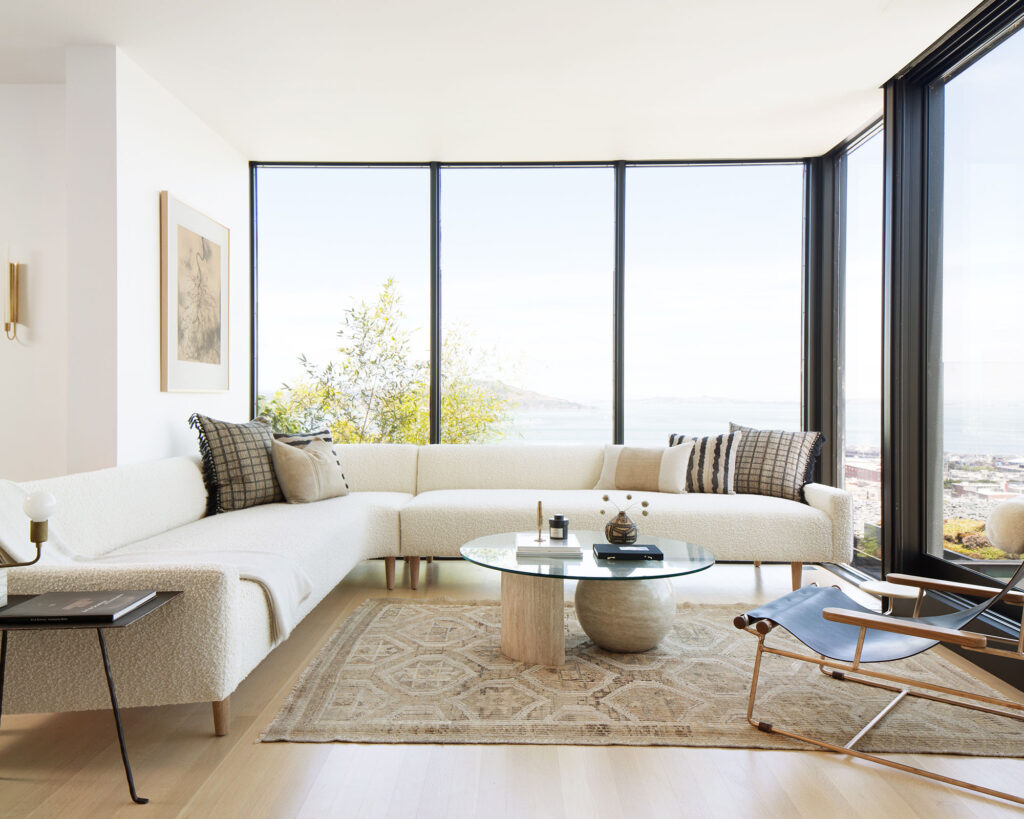
- Repurpose & Upcycle: Give old furniture a new lease on life by repurposing or upcycling it. Paint an old dresser a new color, reupholster a worn-out chair, or turn a vintage ladder into a bookshelf.
- Shop Thrift Stores & Flea Markets: Find unique and affordable furniture and accessories at thrift stores and flea markets. With a little bit of creativity and elbow grease, you can transform these hidden gems into stylish statement pieces.
- DIY Projects: Take on DIY projects to save money and add a personal touch to your home. Build your own shelving, create your own artwork, or sew your own curtains.
- Rearrange Your Furniture: Sometimes, all it takes is a simple furniture rearrangement to give a room a fresh new look. Experiment with different layouts and see what works best for your space.
- Focus on Accessories: Accessories can make a big impact without costing a lot of money. Add throw pillows, blankets, candles, and plants to create a cozy and inviting atmosphere.
The Power of Color
Color is a powerful design tool that can significantly impact the mood and atmosphere of a room. Understanding color psychology and how different colors interact with each other is essential for creating a harmonious and visually appealing space.

Understanding Color Psychology
Different colors evoke different emotions and associations. For example, blue is often associated with calmness and tranquility, while red is associated with energy and excitement. Consider the psychological effects of different colors when choosing a color palette for your home. Opt for colors that create the desired mood and atmosphere in each room.

Creating a Color Palette
Choose a color palette that is cohesive and harmonious. Start with a neutral base color and then add accent colors to create visual interest. Use the 60-30-10 rule to create a balanced and visually appealing color scheme. 60% of the room should be the dominant color, 30% should be the secondary color, and 10% should be the accent color.
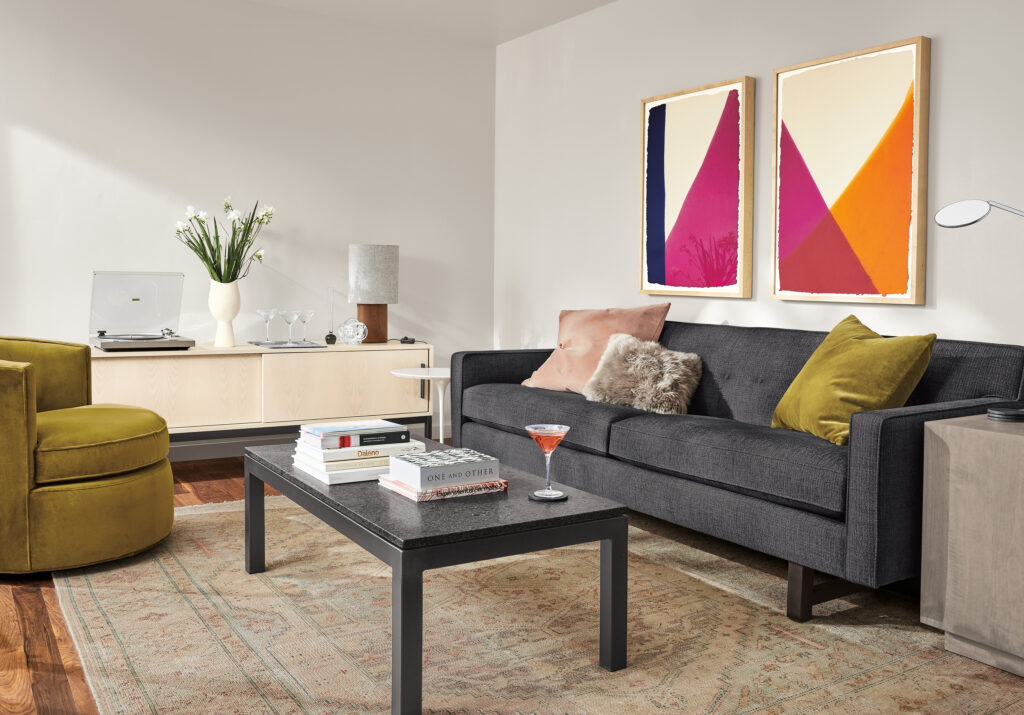
Using Color to Define Space
Use color to define and delineate different areas within a room. For example, you could use a different color on an accent wall to highlight a particular area or create a focal point. You could also use color to visually separate different zones within an open-plan living space.
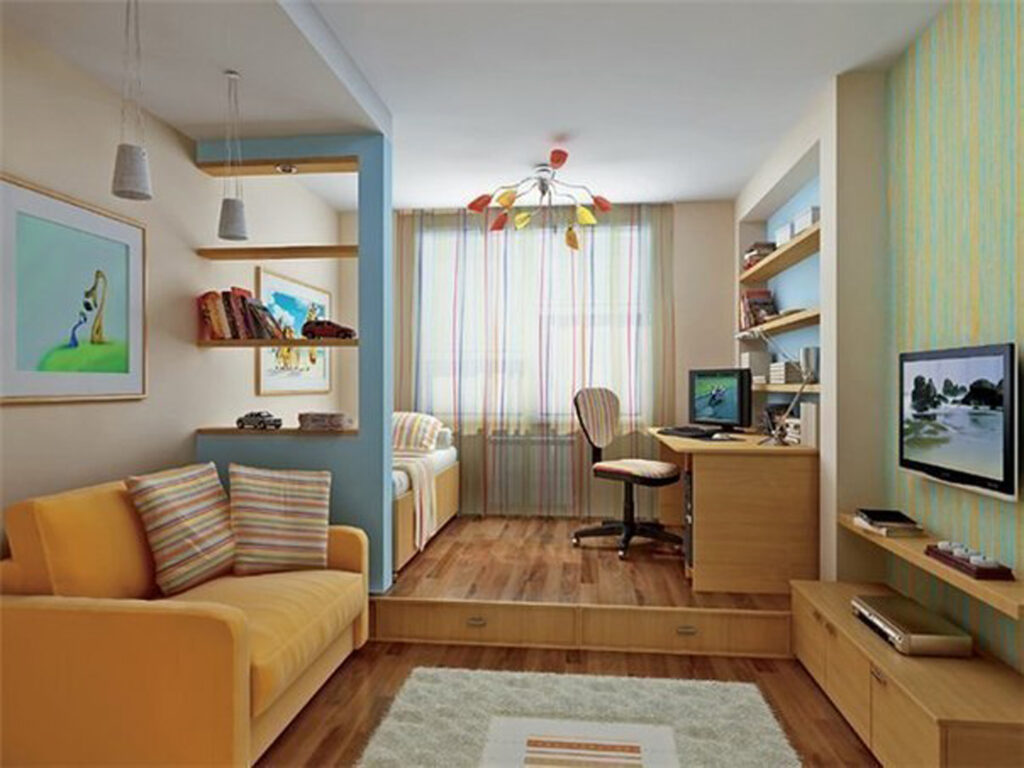
Lighting: Setting the Mood
Lighting plays a crucial role in creating the ambiance and functionality of a room. A well-lit room feels inviting and comfortable, while a poorly lit room can feel dreary and uninviting. Consider the different types of lighting and how they can be used to enhance your space.
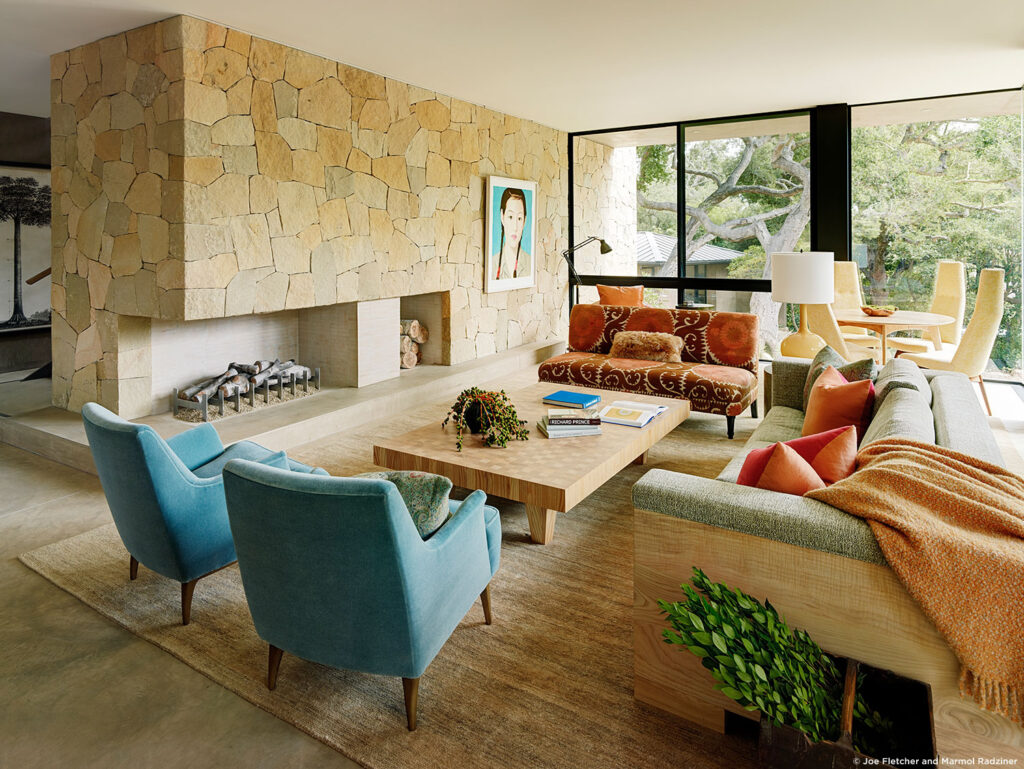
Types of Lighting
- Ambient Lighting: Provides overall illumination and sets the general mood of the room.
- Task Lighting: Provides focused illumination for specific tasks, such as reading, cooking, or working.
- Accent Lighting: Highlights specific features or objects in the room, such as artwork, plants, or architectural details.
Layering Lighting
Layering different types of lighting is essential for creating a well-lit and visually appealing space. Use a combination of ambient, task, and accent lighting to create depth and dimension. Consider using dimmer switches to adjust the lighting levels for different moods and activities.
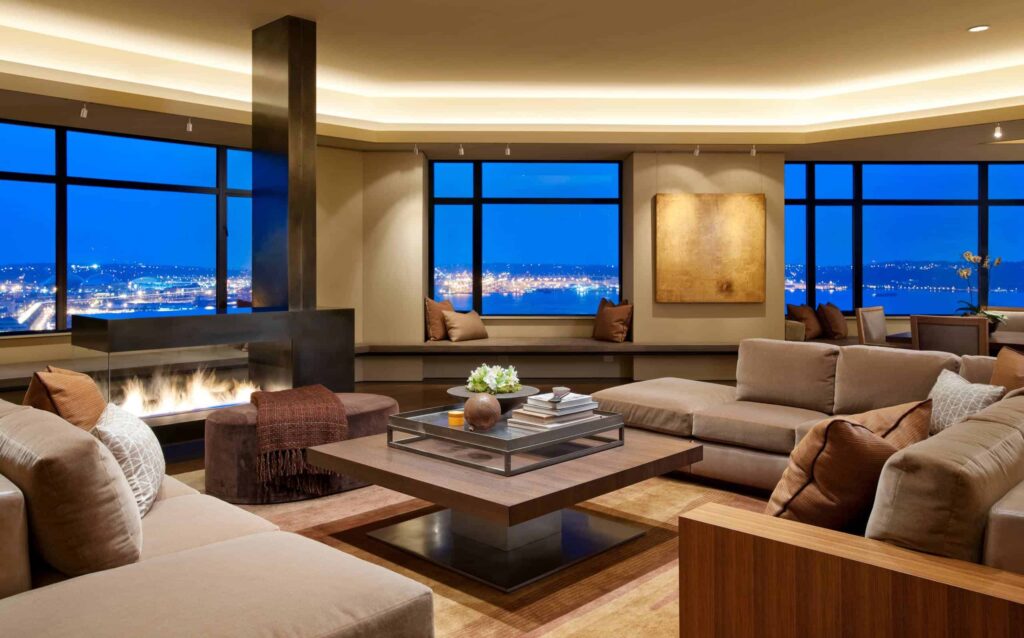
The Finishing Touches: Accessories & Decor
Accessories and decor are the finishing touches that add personality and character to your home. Choose accessories that reflect your personal style and interests and that complement the overall design aesthetic.
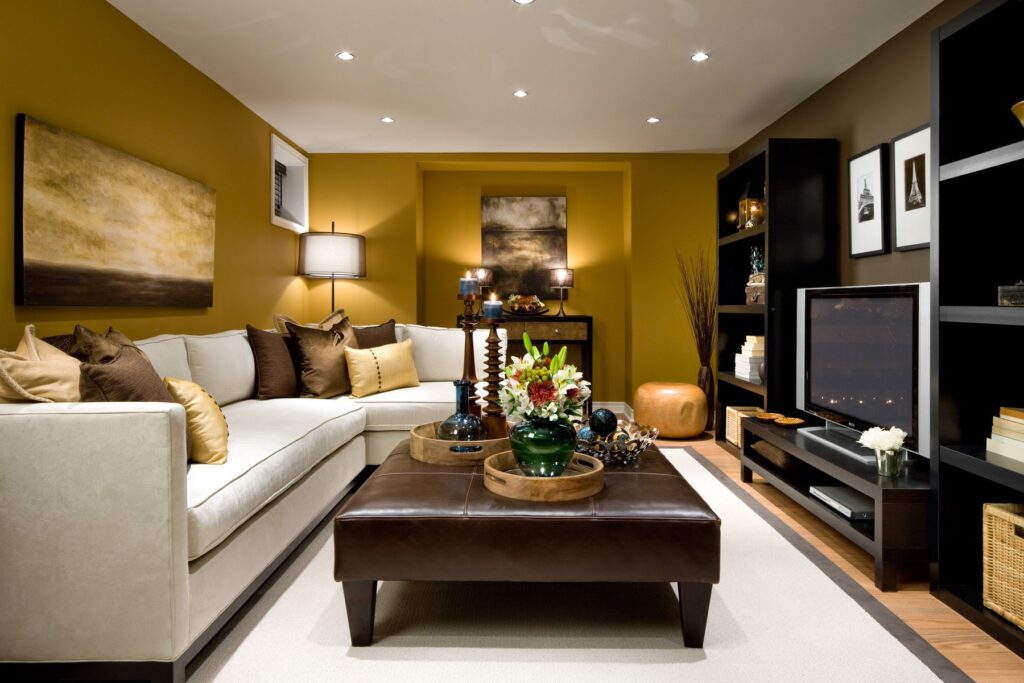
Choosing Accessories
Choose accessories that are both functional and decorative. Consider the size, shape, color, and texture of the accessories and how they will interact with the other elements in the room. Avoid overcrowding the space with too many accessories, as this can create a cluttered and overwhelming feel.
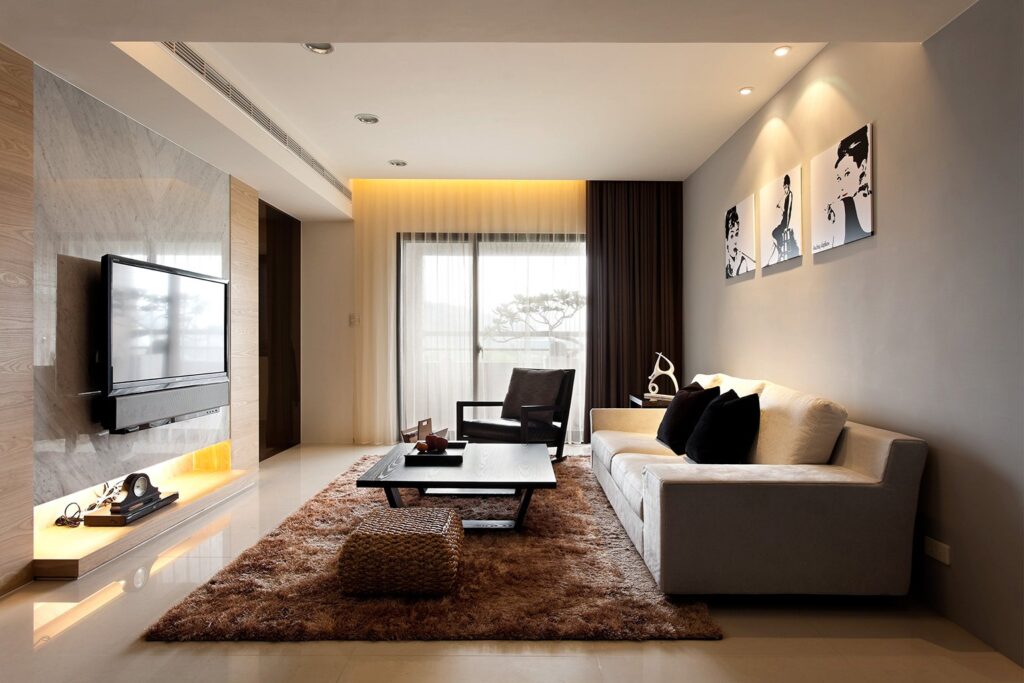
Adding Personal Touches
Add personal touches to your home by displaying photos, artwork, and souvenirs that are meaningful to you. These items will add personality and character to your space and make it feel more like home.
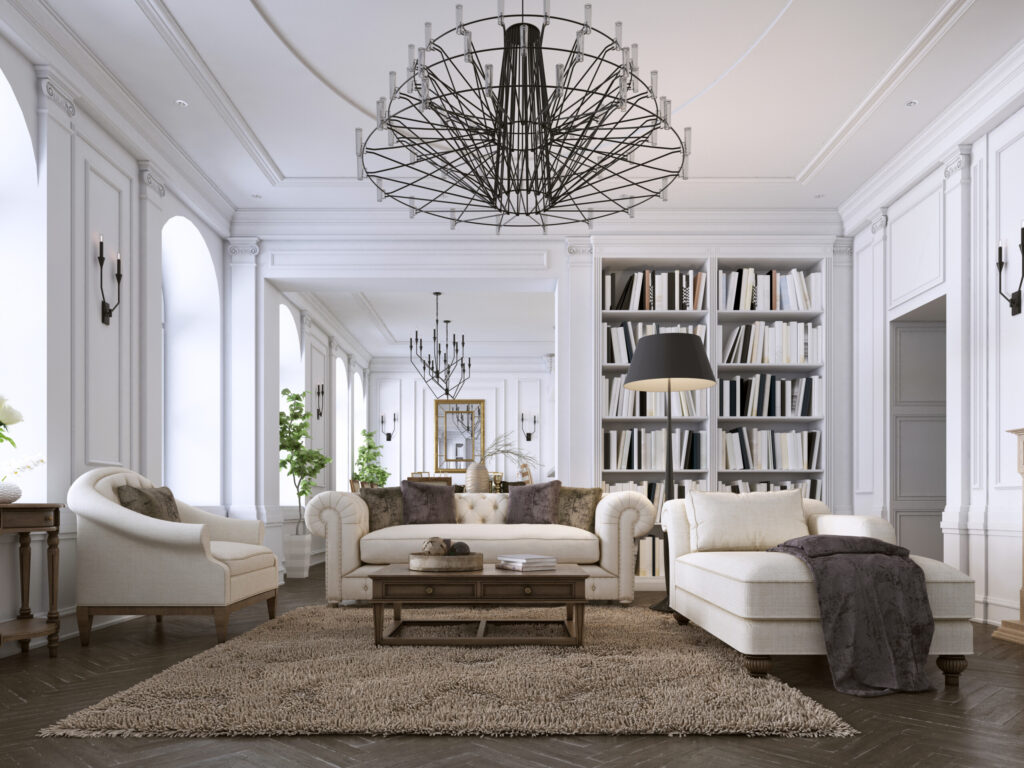
Embrace Your Unique Style
Ultimately, the best room design ideas are those that reflect your personal style and create a space that you love. Don’t be afraid to experiment, mix and match different styles, and add your own unique touches. Your home should be a reflection of your personality, your aspirations, and your lifestyle. Embrace your individuality and create a space that truly feels like you.

Staying Current: Design Trends to Watch
While personal style should always be the guiding force, staying informed about current design trends can provide fresh inspiration and help you incorporate modern elements into your home. Here are a few trends to keep an eye on:

- Biophilic Design: Emphasizing the connection to nature by incorporating natural materials, plants, and natural light.
- Sustainable & Eco-Friendly Materials: Choosing sustainable and ethically sourced materials for furniture, flooring, and décor.
- Bold Colors & Patterns: Embracing vibrant colors and eye-catching patterns to create a statement.
- Multifunctional Spaces: Designing rooms that can serve multiple purposes, such as a home office that can be converted into a guest room.
- Technology Integration: Seamlessly incorporating smart home technology for convenience and efficiency.
The Importance of Planning & Visualization
Before you start making any changes to your rooms, take the time to plan and visualize your design. This will help you avoid costly mistakes and ensure that you create a space that you truly love.
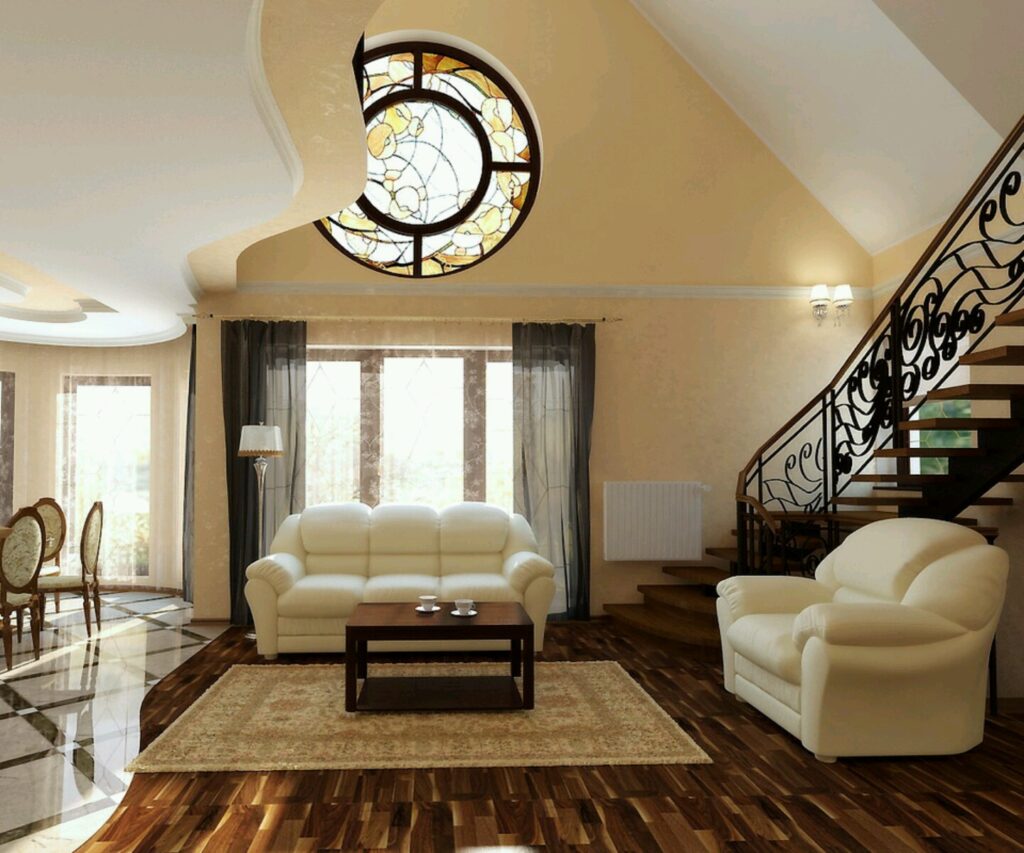
- Create a Mood Board: Gather images, colors, and textures that inspire you and create a mood board to visualize your design.
- Sketch or Use Design Software: Sketch out your room layout or use design software to create a virtual model of your space.
- Consider Traffic Flow: Think about how people will move through the room and ensure that the layout is functional and efficient.
- Measure Everything: Measure your room and furniture carefully to ensure that everything will fit properly.
Final Thoughts: Creating a Home You Love
Designing your home is a personal journey, a chance to express your creativity and create a space that nurtures and inspires you. By understanding your needs, embracing your style, and following these design ideas and principles, you can unlock the potential of your space and create the home of your dreams. Remember to be patient, have fun, and let your personality shine through. Happy designing!
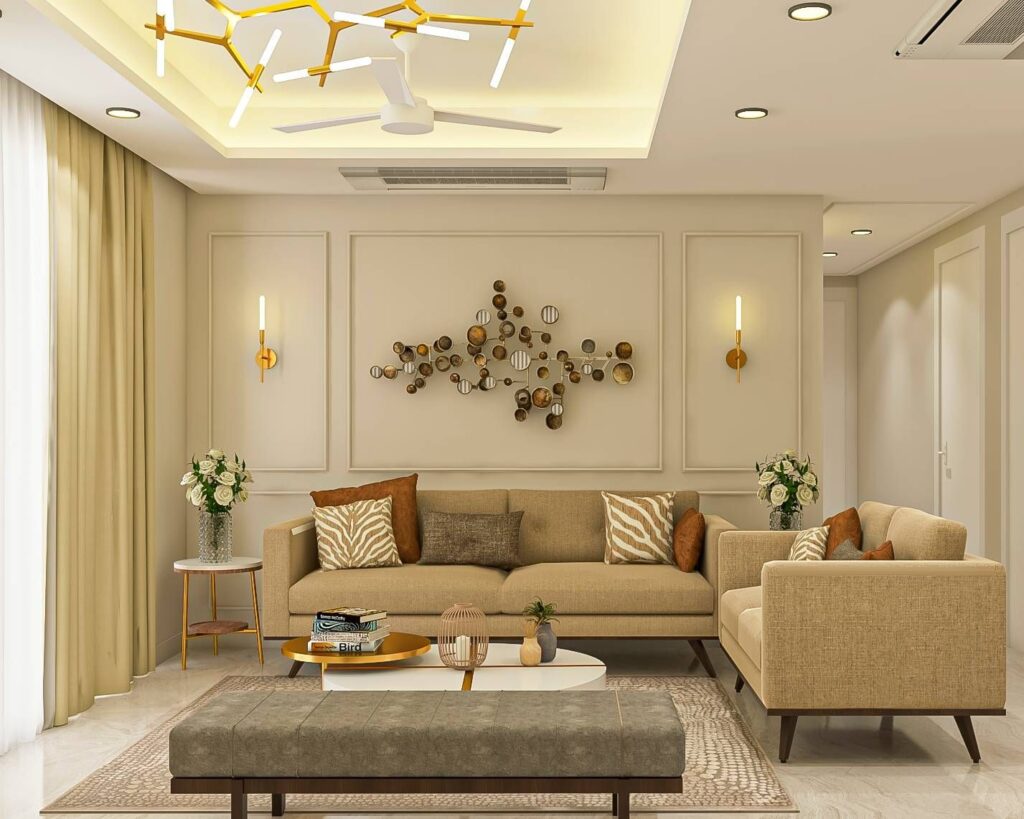
 Nimila
Nimila


